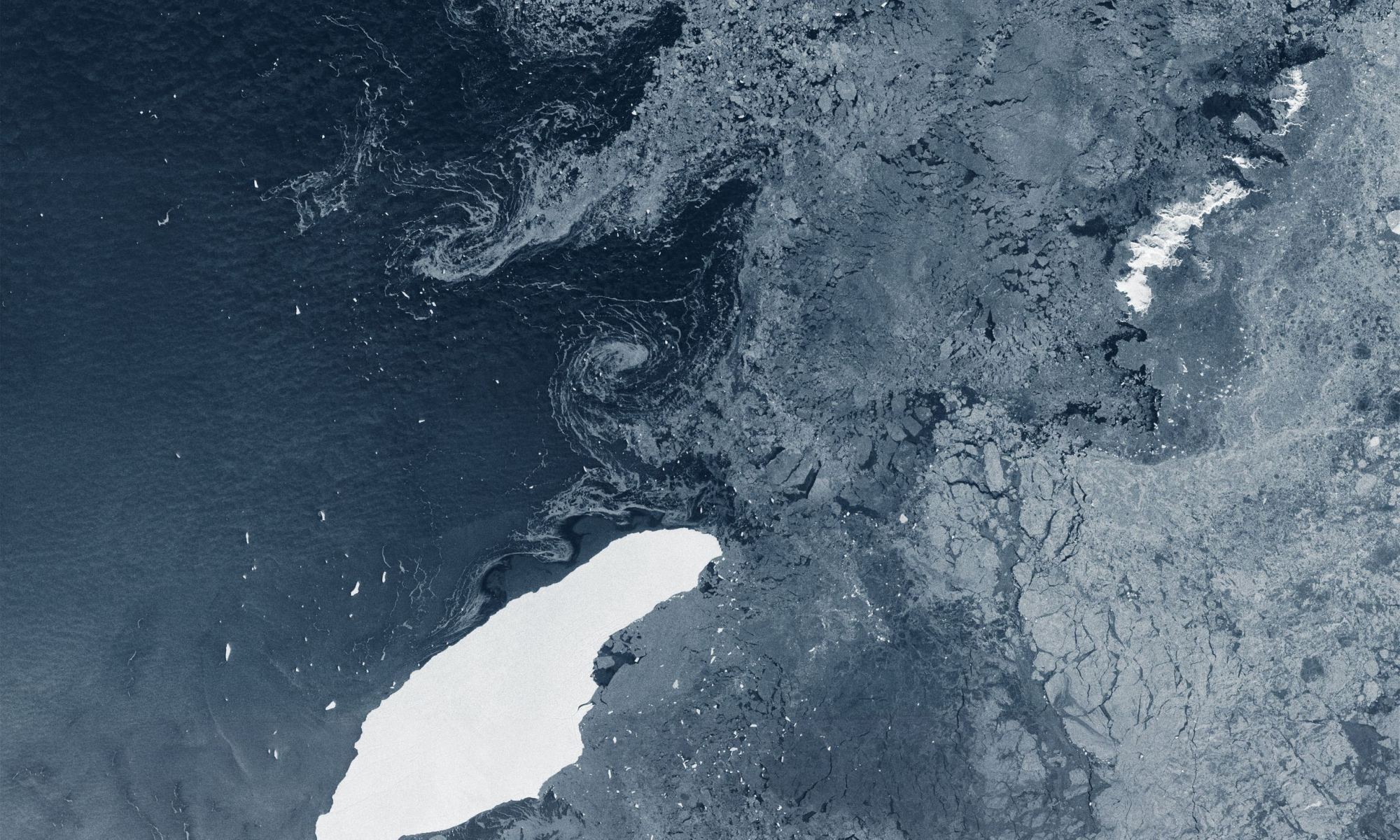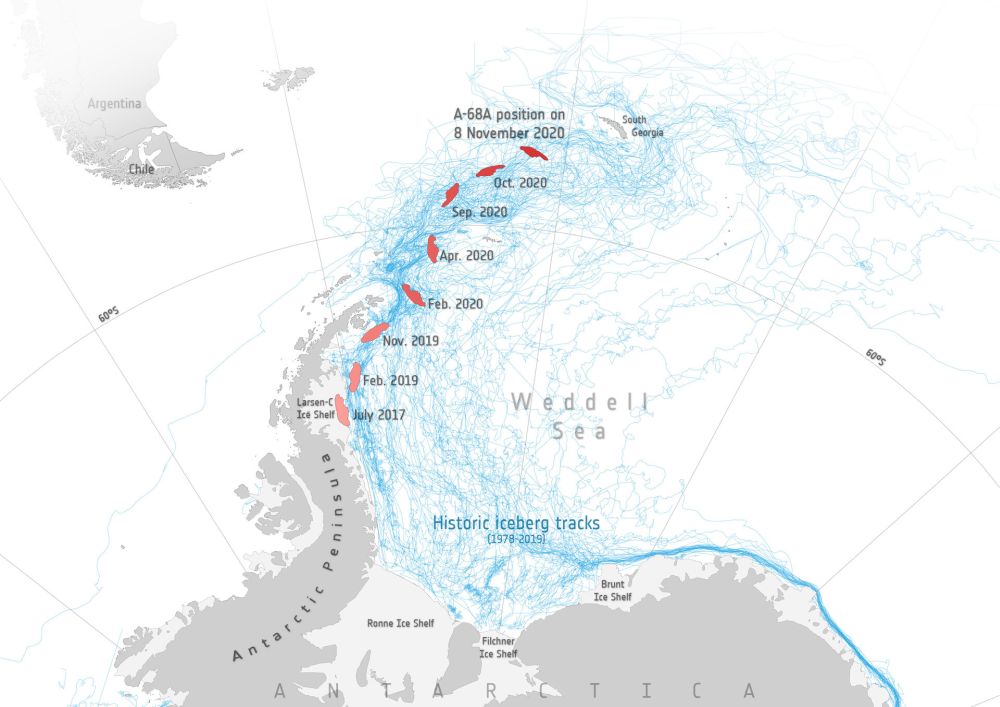A massive iceberg named A-68A is on a long journey through the seas near Antarctica. Though largely empty, those waters do host some islands, most notably South Georgia Island. In recent weeks satellite images showed the iceberg heading right for South Georgia.
That upcoming collision could have devastating consequences for wildlife that congregates on the island. But now, it looks like the collision might not happen.
Continue reading “Iceberg A-68A is Turning. Will it Miss South Georgia Island After All?”

